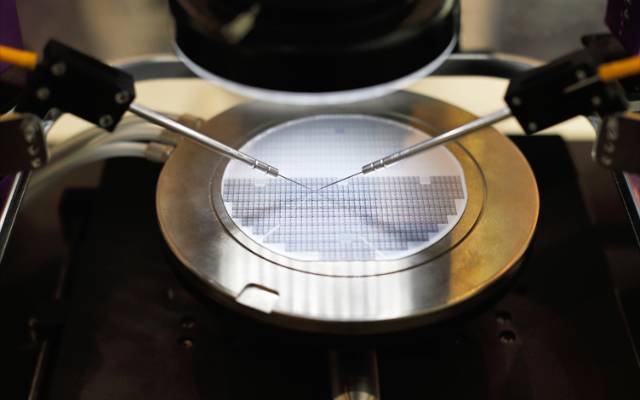The concept of backing up important data has been around since the dawn of time. Humans just love to record things. Humans are also generally optimistic. We assume the things we record will last. From etching figures onto rocks to scribbling on parchment and printing on paper, the aim has always been to move the ideas from our head onto something a little more permanent because “Hey, someone might need this later!”
Now fast forward. Computers, phones, cameras, hard drives, solid state drives, data centers at the bottom of the ocean—through sheer ingenuity our recording methods have come a long way. Over the last few decades alone, a multitude of new media formats have been introduced. Some have lasted. Most haven’t. One that has is tape—or more specifically, magnetic tape. Or, even more specifically, LTO (Linear Tape-Open) tape.
Recording data to tape has been a common business practice since the middle of the twentieth century, when computers were large enough to fill a room. Over time, the use of tape for backup became central to disaster recovery and long-term storage strategies. And even today, customers appreciate tape’ air gapping capabilities and its comparably low storage cost via external, sometimes second-party archival facilities.
Undoubtedly, tape has had a good, long run. In fact, it’s probably not going away, at least for a few more decades. But, tape storage strategies will likely change for many companies as we move into the future. Most single tape and small tape autoloaders and libraries will likely transition to other technologies as the costs of those alternatives get cheaper. Some data centers will opt to archive their cold data to a gigantic tape library with tens of thousands of media slots—so long as acquiring tape remains affordable and data/media migration remains easy.
Just as the many different forms of recordable media have evolved, so too have data backup strategies. We’re now in the age of the cloud. Perhaps somewhat surprisingly, there are still “rooms” filled with computers, but these rooms are cloud data centers with massive quantities of storage and processing power. Cloud-based storage has proven its benefits in both disaster recovery and data archiving over several decades. Organizations who have solely adopted an LTO- based strategy have multiple reasons to consider migrating their valuable data to the cloud, or, at the very least, using cloud-based storage alongside tape.


















